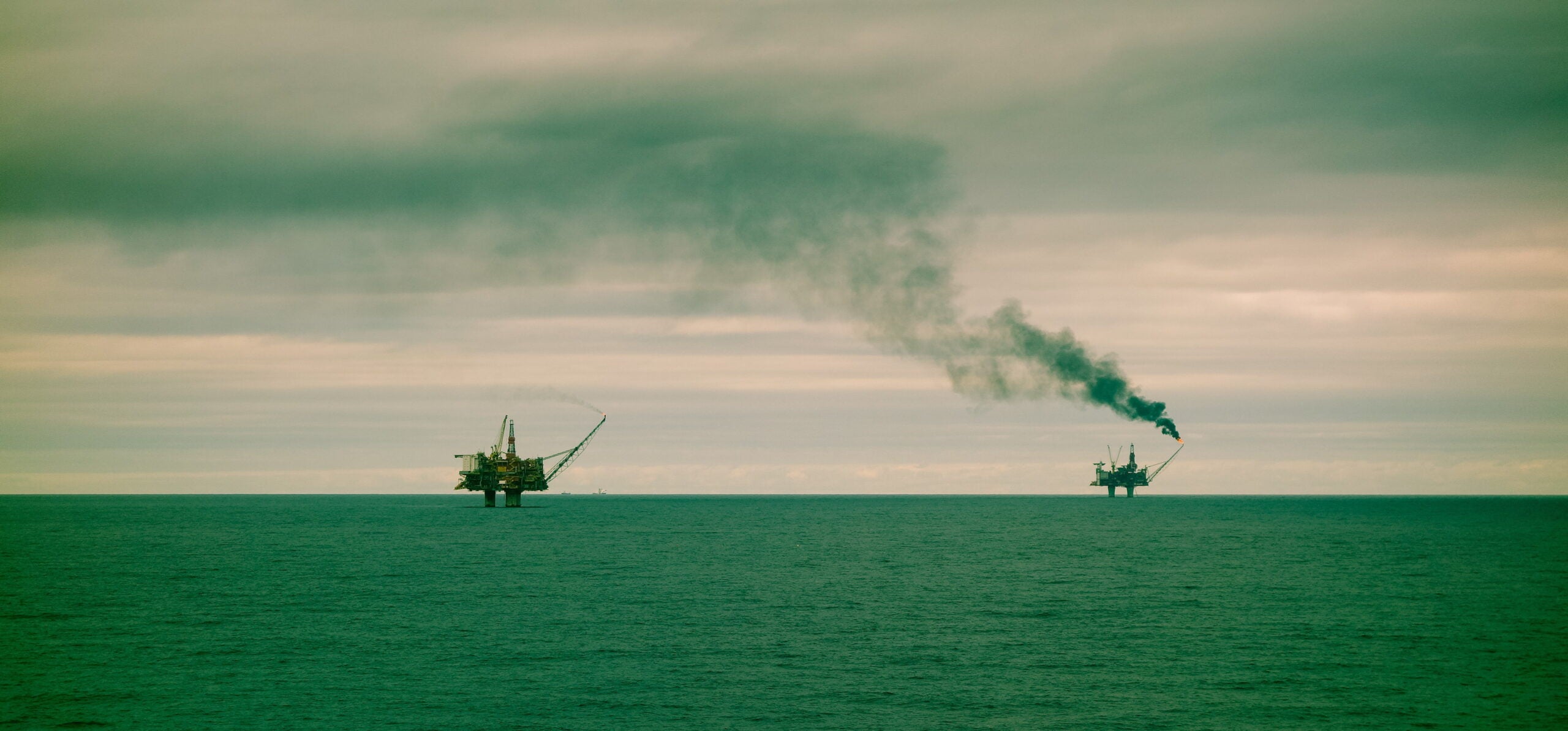
The Oil and Gas Technology Centre (OGTC) has released a report showing the progress of technologies for decarbonising oil and gas on the UK Continental Shelf.
OGTC CEO Colette Cohen told Offshore Technology that the report was developed to give data on the potential of decarbonisation technologies. She said: “I think what we’re trying to highlight with this report is that if we step into that space, with pace, we can capitalise and bring a lot of value to the UK.
“A lot of this technology is going to be very exportable, to capitalise on the opportunity that net-zero gives. Through the report, we hope to identify not only places to invest in to make a difference, but also to encourage the recognition that we need to do it now.”
The OGTC believes a technology-driven transition could eventually deliver £3tn (£2.3tn) of value to the UK economy but would require $558bn (£430bn) of investment.
Analyst firm WoodMackenzie and LUX Research undertook the study on behalf of the OGTC, with funding from the Government of Scotland and exploration and production company Chrysaor.
“A fully-integrated future” for North Sea oil and gas
The report looks at the increasing role of blue and green hydrogen generation, carbon capture, utilisation and storage (CCUS), and wind generation in the North Sea’s future.

US Tariffs are shifting - will you react or anticipate?
Don’t let policy changes catch you off guard. Stay proactive with real-time data and expert analysis.
By GlobalDataCohen said: “We’re starting to try and reimagine how we look at the North Sea, as a fully integrated package for the UK. It’s an essential element of this transition to a net-zero future and the acceleration of delivery of renewables.”
The report says platform electrification is critical to the offshore energy transition. Currently, 74% of offshore emissions come from powering platforms or machinery.
In the short-term, platforms could partially convert to electricity, using gas turbines for periods of heavy load. Because of the high cost of electrification, the report suggests focusing on new or young platforms, which would gain more value from the large undersea investment. In areas where full electrification is unfeasible, using hydrogen for turbines would help reduce emissions.
Electrifying platforms could mean linking to onshore generation, though the report considers infrastructure to be lacking and costly. Otherwise, platforms would rely on mobile generation such as floating wind turbines, or offshore wind farms, though these may require power storage as well.
Decarbonising with subsea technology
For conventional oil and gas extraction, the report recommends focusing development on minimising flaring and venting, and eliminating methane leaks.
Offshore operations in the UK were responsible for 129,000 tonnes of methane leaks in 2019, according to the International Energy Agency (IEA). At the moment, detection systems remain costly, vulnerable to harsh conditions, and insensitive to smaller leaks. In time, the report believes more powerful computers will allow more dynamic modelling of leaks. Alongside this, fibre-optics could locate leaks by measuring temperature changes along pipelines and detecting sounds made by leaks.
Subsea technologies, it says, could unlock more cost-effective resource gathering, such as allowing easier compression. However, currently, developers have paid little attention to their disposal.
The report says: “Subsea factories could transform traditional offshore spend by eliminating large offshore platforms altogether, replacing them with simpler floating structures limited to atmospheric pressure operations like oil-gas separation. Aker Solutions, Atkins Global and Crondall Energy are all developing such reusable production buoys.”
Offshore wind technology: Decarbonising grids onshore and at sea
The UK’s large offshore wind fields give it a large potential for offshore hydrogen generation. The OGTC report considers fixed-bottom offshore wind generation to be on-track in all aspects except decommissioning. On the other hand, floating offshore wind requires foundations and moorings to become more standardised and stronger, to enable mass production.
Cohen said she believed floating wind technology will become an increasingly important player in decarbonising the North Sea. She continued: “Everybody talks about the great wind opportunity, but with that comes a massive green hydrogen opportunity, and we also have all of that amazing carbon sequestration capacity. How do we step into this opportunity, and start realising the value? Not only in revenue for export, but also job creation, in manufacturing, and in intellectual property generation.”
The report also looks ahead to the growth of the hydrogen industry. Saltwater electrolysis would allow offshore installations and wind farms to create green hydrogen from generated energy. However, this remains under-developed, while catalyst materials and subsea electrolysers also need research and development.
Carbon capture still requires significant investment
Earlier this year, the UK government announced $1.04bn (£800m) of funding to develop CCUS in the North Sea. The report says: “Currently, only a handful of small-scale CO2 capture projects are located offshore, and this is unlikely to change in the long-term.”
While CO₂ transport technology remains on track, the report says carbon-capturing materials, such as sorbents or membranes, require significant investment for them to play a significant decarbonisation role.
Alongside this, the report says: “Despite a stated target to implement enhanced offshore recovery [using CO₂], uptake has been slow because of higher fixed platform, pipeline and operating costs that contribute to higher break-evens.”
WoodMackenzie upstream consulting vice-president Malcolm Forbes-Cable told Offshore Technology: “I think one of the things that need to be thought through at a strategic level is how we repurpose gas infrastructure. That’s both the above-ground assets, the pipes and the platforms, but also the subsurface. The majority of the capacity lies in the aquifers, rather than the fields. I expect we’ll start to see longer-term thinking of how those assets can be reused for carbon capture and storage, or long term storage once they’re depleted.”



